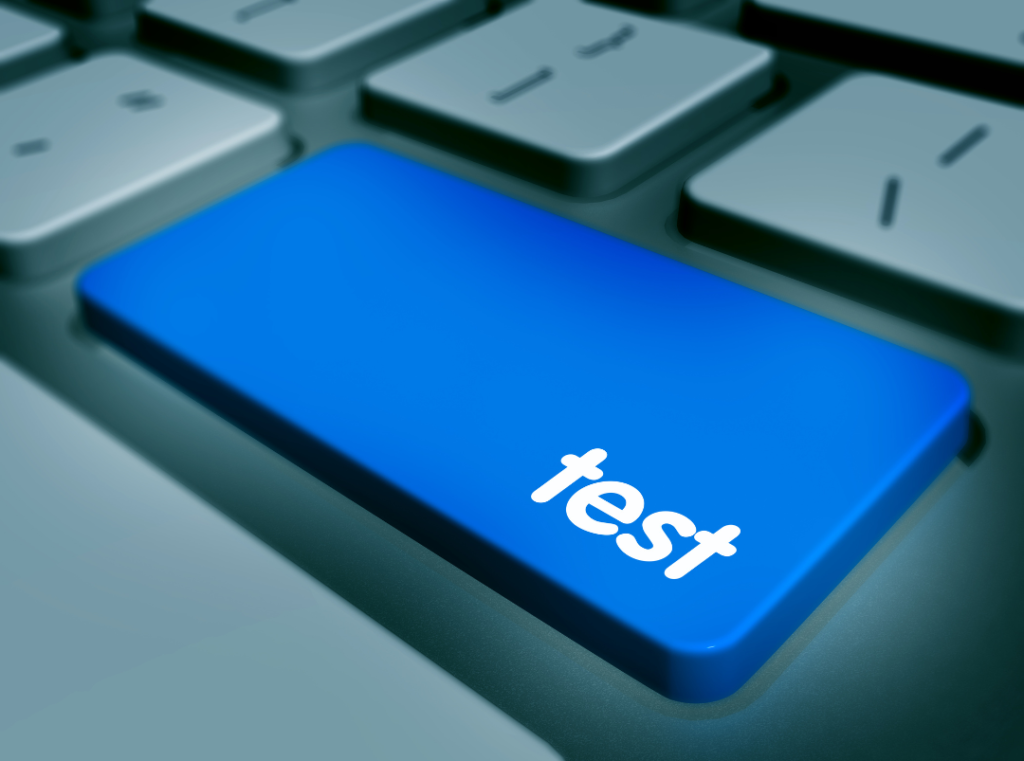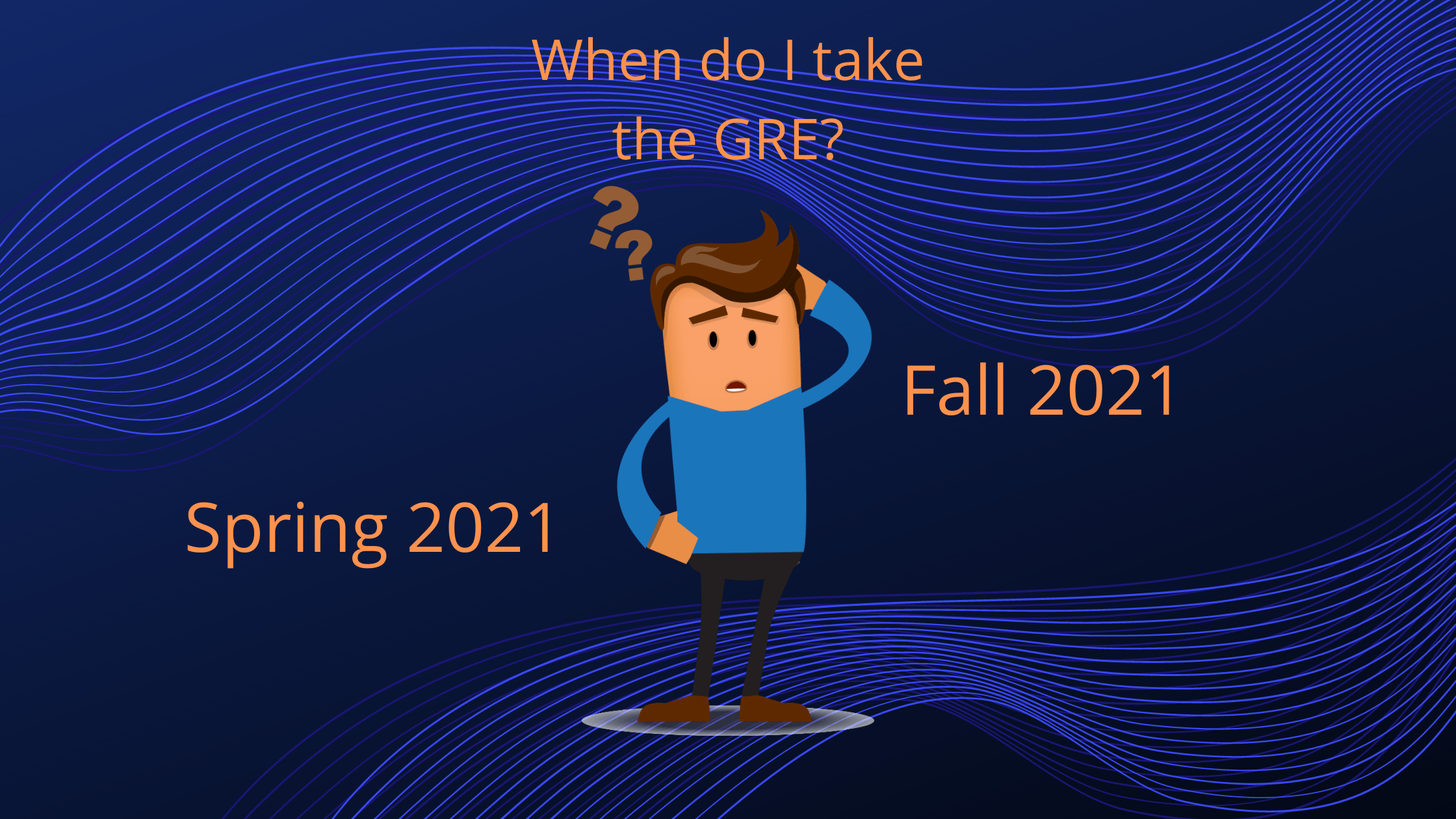
Immerse yourself in a narrative rich with GRE high-frequency words, designed to enhance your GRE vocabulary skills while enjoying a captivating story of resilience and community spirit as Ethan navigates challenges, perseveres, and cultivates hope in a small town.
A Rural Haven
In the bucolic (rural) countryside of a small town, there lived a diligent (hard-working) and estimable (admirable) young man named Ethan. Ethan was known for his scrupulous (meticulous) attention to detail and his fervent (passionate) desire to ameliorate (improve) the lives of those around him. Despite the morose (gloomy) atmosphere that often hung over the town due to its precarious (unstable) economic situation, Ethan remained ebullient (cheerful) and hopeful, always harboring (maintaining) a fervor (enthusiasm) for positive change.
A Seed of Inspiration
One day, while perusing (reading) the local newspaper, Ethan stumbled upon an advertisement that caught his attention. It touted (promoted) a new initiative aimed at bolstering (strengthening) the town’s economy through the creation of a community garden. The idea was met with vociferous (loud) support from some residents but was met with disdain (contempt) from others who found it frivolous (unimportant) and spendthrift (wasteful), given the town’s current predicament (situation).
Ethan’s Determination
Undeterred (not discouraged) by the vociferous dissent (disagreement), Ethan decided to take matters into his own hands. He embarked (started) on a sedulous (careful) campaign to mollify (calm) the skeptics and galvanize (motivate) support for the project. With meticulous (careful) planning and an effervescent (enthusiastic) demeanor (behavior), he managed to win over even the most sanctimonious (self-righteous) critics.
Overcoming Opposition
Despite his initial success, Ethan faced myriad (numerous) obstacles along the way. Some accused him of being a spendthrift, others derided (mocked) his efforts as impractical and ostentatious (showy). Nevertheless, Ethan remained impervious (unaffected) to their criticism, determined to see his vision through to fruition (completion).
The Blossoming of Hope
As the days passed, Ethan’s efforts began to burgeon (expand rapidly). The community garden, once an arcane (mysterious) idea, now stood as a symbol of hope and resilience (strength) in the town. Ethan’s perseverance (persistence) and pragmatism (practicality) had paid off, and the garden became a bustling (busy) hub of activity, a testament (proof) to the efficacy (effectiveness) of his leadership.
Lessons Learned
In the end, Ethan’s endeavor (project) was not merely about cultivating crops but about fostering (encouraging) a sense of community and camaraderie (friendship) in a town plagued by divisiveness (division) and apathy (lack of interest). His story became an allegory (symbolic representation) for the power of perseverance in the face of adversity, a lesson that resonated (had an impact) far beyond the confines (limits) of the small town.
Ethan’s Garden has introduced you to over 50 GRE high-frequency words, enhancing your GRE vocabulary while captivating you with a tale of resilience. Remember, learning is ongoing. Keep exploring new words, deepening your understanding, and letting stories like Ethan’s inspire you. With each word learned, you’re not only expanding your GRE vocabulary but also your communication skills. So, let Ethan’s story be just the start of your journey into the world of words. Keep learning, keep growing, and watch your GRE vocabulary flourish like Ethan’s garden.
As India’s leading Study Abroad Consultant, Dilip Oak’s Academy offers a comprehensive suite of services, including GRE, TOEFL, and IELTS coaching, as well as GRE Self Prep. Furthermore, our admission counseling services can guide you through the entire process from Shortlisting Universities to Visa Counseling. With our expertise, we have successfully sent 32,000 students to various prestigious American universities like MIT, Stanford, Cornell, and Carnegie Mellon. To enroll in our comprehensive overseas education consultancy services, book a free consultation or call us at 91-20-67444222.














